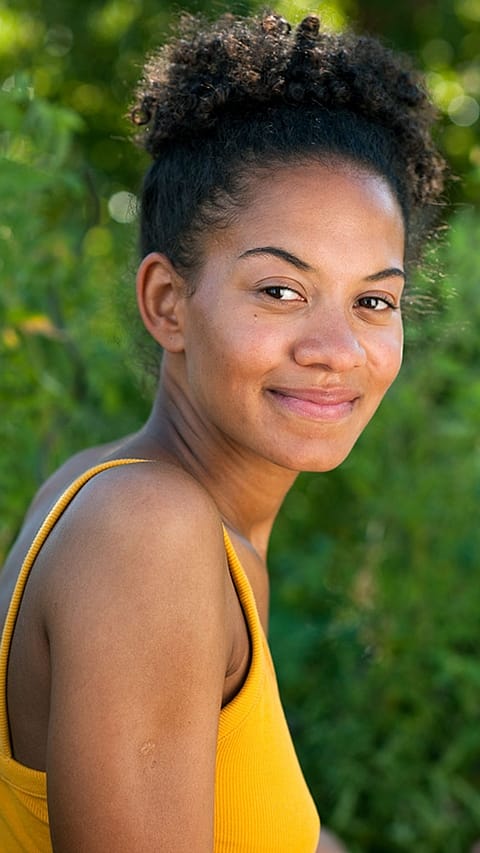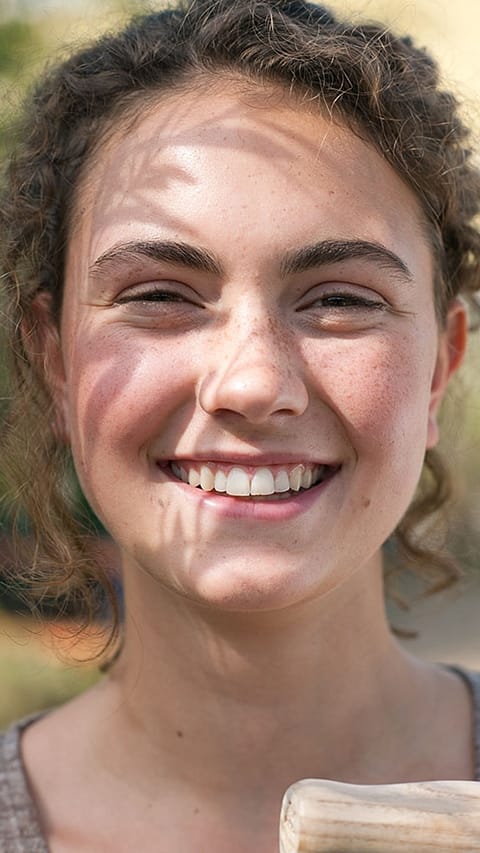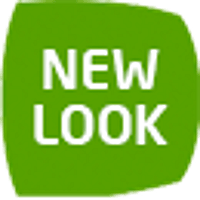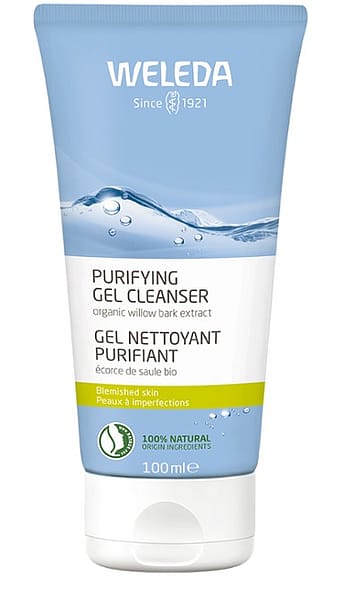Blemished Skin During Puberty
For many young people, pimples during puberty are an unpleasant reality. Numerous skin care products promise relief. But what actually causes this skin reaction, and what really helps?
As children develop into adults, they undergo physical and psychological changes. Puberty (Lat. pubertas, meaning “sexual maturity”) is a time of great upheaval. It begins approximately between the ages of 14 and 21. But our way of life has caused puberty to begin earlier than in the past. For many girls, it starts around the age of 10; for boys, around the age of 12. During puberty, the skin is often visibly influenced by what goes on inside us.
Metabolism and skin
From an Anthroposophical point of view, stagnations and internal irregularities are reflected in our skin. During puberty, our metabolism is working at full speed. This activates a connection to certain areas of the skin. Temporary weaknesses or hyperactivity of the metabolism can therefore be seen where the skin has large sebaceous glands. These include for example the face, shoulders and upper arms as well as the décolleté and upper back.
An overproduction of sebum can lead to oily skin (seborrhoea), pimples and blemishes as well as acne with inflammatory papules and pustules. Indeed, acne is the most common dermatological disease in the western hemisphere. Occurring in 70% to 95% of adolescents, it can be assumed to appear in nearly every adolescent during puberty, at least in minimal form. Acne is slightly more common in young men than in young women; it also tends to be more severe with more intense seborrhoea.
Development during puberty
It takes several years for the young body to mature. Mental development also takes time. During puberty, a person’s individuality reorganises itself. The soul of the adolescent goes through phases of self-discovery, but also phases of self-doubt and self-insecurity. For a young person, looking into the mirror in the morning to see blemishes on the face can be depressing and discouraging. Blemished skin can be perceived as an external confirmation of emotional struggles and the inner struggle to find one’s own path and individual orientation. Many find this encounter to be embarrassing and unsettling. For this reason, it is often advisable to take action against impure skin and acne during puberty.
In most cases, impure skin and acne disappear by the end of puberty. Some people, however, continue to have inflammation of the facial skin; this is referred to as adult acne.
Blemished skin – what can be done about it?
Treatment of impure skin, including acne, should start with the metabolism, too. This means regular physical exercise, a healthy diet, no fast food, little or no alcohol and no nicotine are recommended for a healthy lifestyle. Facial cleansers specifically developed for Blemished Skin can relieve and calm inflammation-prone skin naturally.
From an Anthroposophical point of view, treatment on the inside can address the actual causes of skin blemishes and acne. Especially in cases of stronger inflammation, therapeutic medicines can activate the function of the internal organs, particularly the liver. Such a treatment should only take place in consultation with a Health Care Professional such as an Anthroposophic Doctor.
Dr. Lüder Jachens
Dermatologist and allergist
Dr. Lüder Jachens is an anthroposophically orientated dermatologist and allergist. He lives and works in Riga, Latvia.












